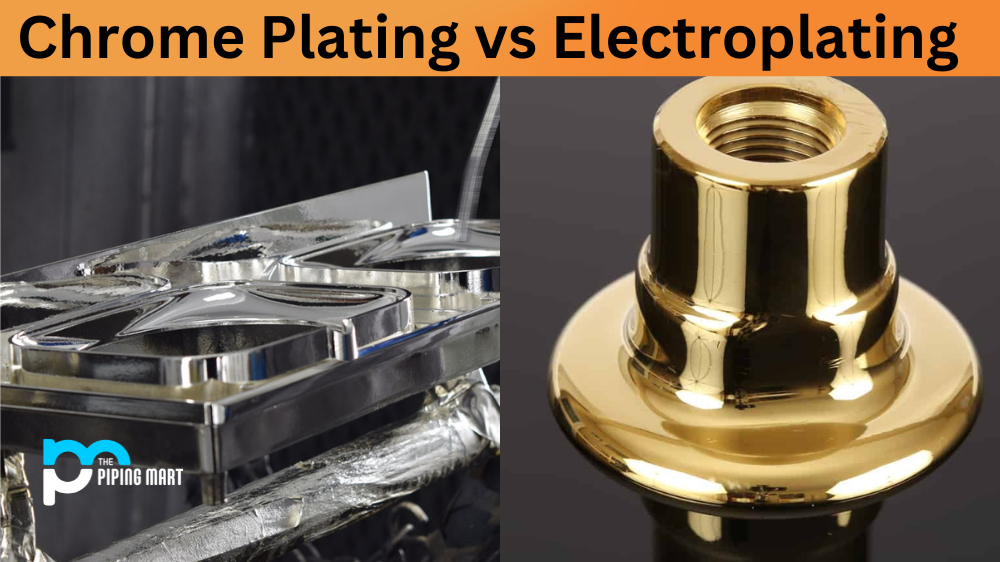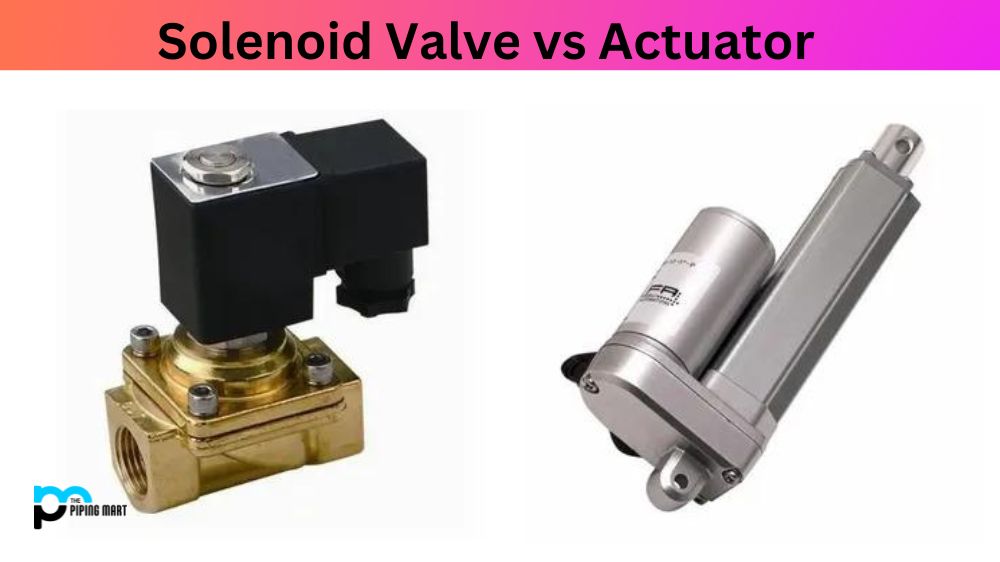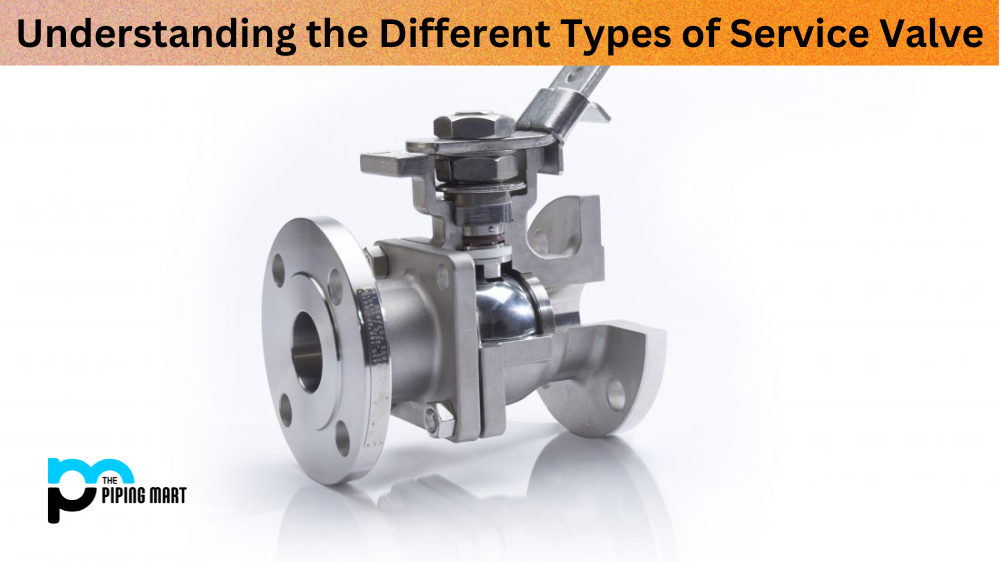Chrome plating and electroplating are two metal finishing processes that have been used for decades. Both processes are used to enhance the appearance of metal surfaces, as well as to help protect them from corrosion. However, there are some important differences between chrome plating and electroplating that should be considered when deciding which process will best suit your needs. Let’s take a look at what sets these two processes apart.
Types of Metals Used in Plating
The type of metal being plated is an important factor to consider when choosing between chrome plating and electroplating. Electroplating is typically used on steel or iron substrates while chrome plating is usually applied to aluminum or brass substrates. This is because different metals require different methods of preparation before they can be successfully plated. For example, steel must be treated with acid before it can be electroplated, while aluminum must be treated with an alkaline solution prior to chrome plating.
Difference Between Chrome Plating and Electroplating
Adhesion Strength
Another important difference between chrome plating and electroplating is the strength of their adhesion to the substrate metal. In general, chrome plated surfaces tend to adhere more strongly than electroplated surfaces due to the higher temperature involved in the chrome plating process. This makes chrome-plated metals less prone to chipping and other damage over time compared to electroplated metals.
Durability
Durability is another key factor when evaluating these two processes. Chrome-plated metals tend to resist tarnishing better than electropolished metals due to the hardening effects of the heat used in the chroming process. Additionally, since chrome-plated metals are harder than electric-polished metals, they are generally easier to clean and maintain over time as well. On the other hand, electropolished metals may require more frequent cleaning due to their softer nature which can make them more susceptible to dirt buildup.
Cost
Chrome plating tends to cost more than electroplating due primarily to its greater complexity and use of expensive materials such as nickel sulfate and chromic acid baths during processing. Additionally, since it takes longer for chromed surfaces to cool down after being immersed in a bath, this leads to higher labor costs associated with the overall process compared with traditional electroplating methods which requires no cooling period before removal from the bath solution.
- Chrome plating is a process in which a thin layer of chromium is applied to a metal surface.
- Electroplating is a process in which a thin layer of metal is applied to a metal surface.
- Chrome plating is more expensive than electroplating.
- Chrome plating is more durable than electroplating.
- Chrome plating is more resistant to corrosion than electroplating.
- Electroplating is less likely to cause allergic reactions than chrome plating.
Conclusion:
When deciding whether you should go with chrome plating or electroplating for a given project, it’s important to consider all of these factors carefully – types of metals used in each process; adhesion strength; durability; and cost – so you can make an informed decision based on your specific needs and budget constraints. Both chrome plating and electroplating offer beautiful results that will enhance any metal product but understanding their differences will help you choose wisely when selecting a finishing option for your product or project

A passionate metal industry expert and blogger. With over 5 years of experience in the field, Palak brings a wealth of knowledge and insight to her writing. Whether discussing the latest trends in the metal industry or sharing tips, she is dedicated to helping others succeed in the metal industry.




